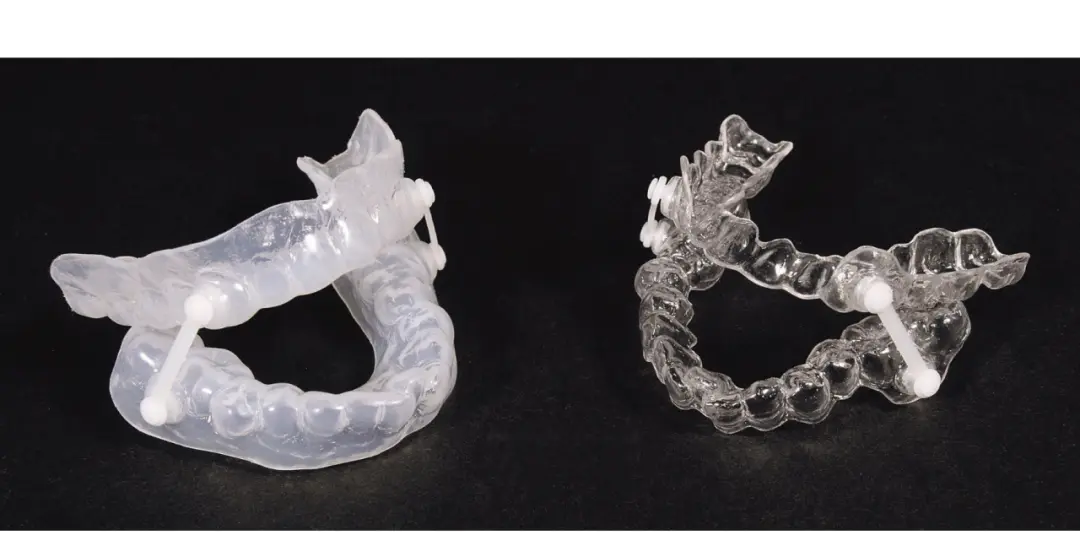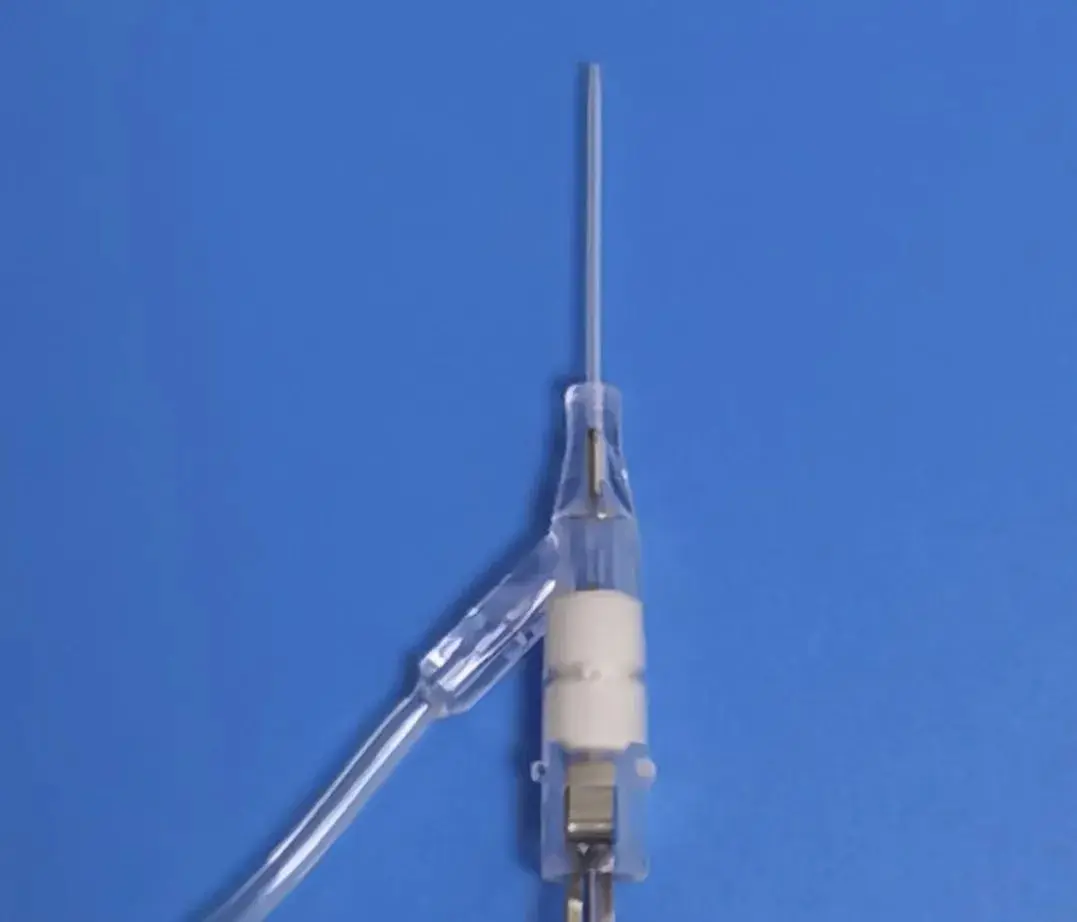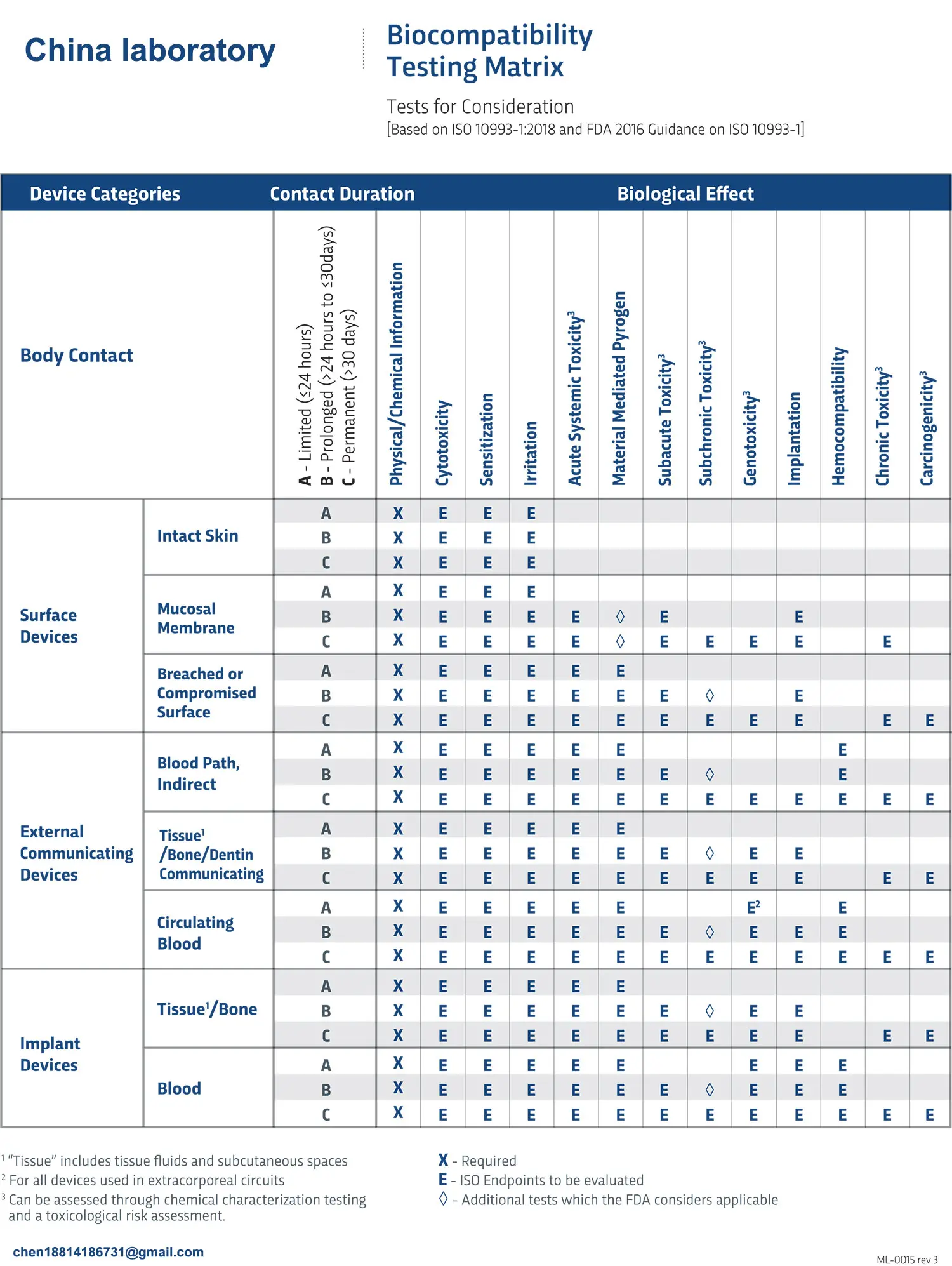
What is ASTM F2413-18 Testing?
Different countries have different testing standards for protective footwear. The shoes and boots by 5.11 primarily follow the North American ASTM standards, with the latest standard being astm f2413-18. This standard sets the minimum requirements for the protective performance of safety footwear.
ASTM F2413-18 Standard Test Items
There are seven test items, divided into two mandatory tests and five optional tests:
- Mandatory tests: Impact resistance, compression resistance
(Passing the mandatory tests means the footwear meets protective standards)
- Optional tests: Metatarsal impact protection, conductivity, high voltage resistance, static dissipative, puncture resistance
(Passing optional tests means the footwear has protective features)
Impact Resistance, Compression Resistance: The classification level is the same for both tests, divided into two levels: 75 level/50 level.
Metatarsal Protection: Reduces the risk of metatarsal injuries. The shoe's design, construction, and manufacturing should ensure that the metatarsal impact protection is located above the toe cap and extends to cover the metatarsal area. Metatarsal protection is also rated as: 50 level/75 level.
Conductivity: Helps reduce the risk of static electricity accumulation and the potential hazard of igniting explosives and volatile chemicals.
Static Dissipative: The protective footwear should conduct electrical charge from the body to the ground while maintaining high resistance to protect the wearer, thereby reducing excess static. The levels are: 10/35/100.
Puncture Resistance: A puncture-resistant plate should be placed between the insole and outsole to make it an integral and permanent part of the shoe.
Protective footwear that meets ASTM F2413-18 must have corresponding protective performance markings and labels. Each tested performance has its own symbol.
- Impact Resistance: "I" followed by a level, such as I75, indicates passing the impact resistance test at level 75.
- Compression Resistance: "C" followed by a level, such as C50, indicates passing the compression resistance test at level 50.
- Metatarsal Impact Protection: "Mt" will be noted directly after the number.
- Conductivity: "Cd" will be noted directly after the number.
- High Voltage Resistance: "EH" will be noted directly after the number.
- Static Dissipative: "SD" followed by a level, such as SD100, indicates passing the static dissipative test at level 100.
- Puncture Resistance: "PR" will be noted directly after the number.
Example: ASTM F2413-18 I75 C75 EH PR
From this code, we can tell that:
1. The footwear meets the protective footwear standards.
2. It is impact resistant at level 75, compression resistant at level 75, high voltage resistant, and puncture resistant.
For 5.11, each pair of protective footwear focuses on different aspects, and you should choose based on the environment in which you’ll use them. Let’s take a look at some of the 5.11 protective footwear models and the protection items they’ve passed.
5.11 Protective Footwear
- 5.11 Norris Slip-On Mid/Low, 12411 & 12424
- Data Standard: ASTM F2413-11 PR
- Puncture ResistanCE certification: Passed
- (ASTM F2413-11 indicates shoes with protective features)
- ATAC 2.0 6" SHIELD All-Terrain 2.0 Version 6-Inch Tactical Boot (Protective Version)
- Data Standard: ASTM F2413-18 I75 C75 EH PR
- Impact Resistance: Passed / 75 level
- Compression Resistance: Passed / 75 level
- High Voltage Resistance: Passed
- Puncture Resistance: Passed
5.11’s design and production are always meticulous, focused, and thoughtful. They constantly strive for excellence in functional products, advancing with steady innovation, and maintaining an extreme pursuit of safety, showing respect for life.
Email:hello@jjrlab.com
Write your message here and send it to us
 Toothbrush FDA Certification Testing
Toothbrush FDA Certification Testing
 Snoring Device FDA 510k Standard Testing
Snoring Device FDA 510k Standard Testing
 Single Use Intravenous Catheter Certification Test
Single Use Intravenous Catheter Certification Test
 Silicone Material Product Compliance Certification
Silicone Material Product Compliance Certification
 What to Do If Cytotoxicity Test Results Are Positi
What to Do If Cytotoxicity Test Results Are Positi
 ISO 10993:5 Cytotoxicity Testing Methods
ISO 10993:5 Cytotoxicity Testing Methods
 FDA ISO 10993-1 Biocompatibility Evaluation Guidel
FDA ISO 10993-1 Biocompatibility Evaluation Guidel
 In Vitro Cytotoxicity Testing for Medical Devices
In Vitro Cytotoxicity Testing for Medical Devices
Leave us a message
24-hour online customer service at any time to respond, so that you worry!




